
Otters are undeniably some of nature’s most captivating creatures, endearing us with their playful tumbles and otter-lympics in the water. Their remarkable adaptability, from cracking clams with rocks to cuddling together while they sleep, only adds to their charm. But these fuzzy friends have even more to offer! Prepare to be amazed! Dive into 15 fascinating facts about otters that will unveil a world of tool-using intelligence, heartwarming family bonds, and surprising underwater skills.
Playful Creatures
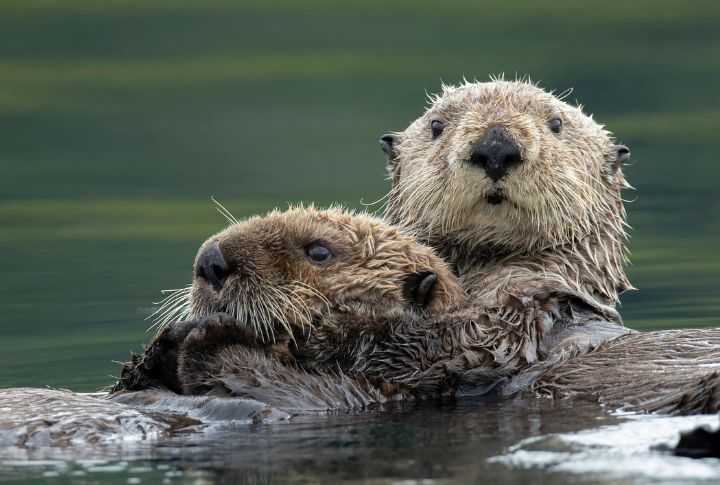
Otters are known for their frisky nature, engaging in activities like sliding down muddy or snowy hills, engaging in fun wrestling matches, and chasing each other in the water. Their jolly behavior isn’t just for entertainment; it also helps them develop hunting, socializing, and other skills.
Family Ties

Otters are members of the Mustelidae family, including weasels, badgers, and minks. This family of animals is known for their elongated bodies, short legs, and well-developed anal scent glands, which they use for communication and defense.
Global Residents
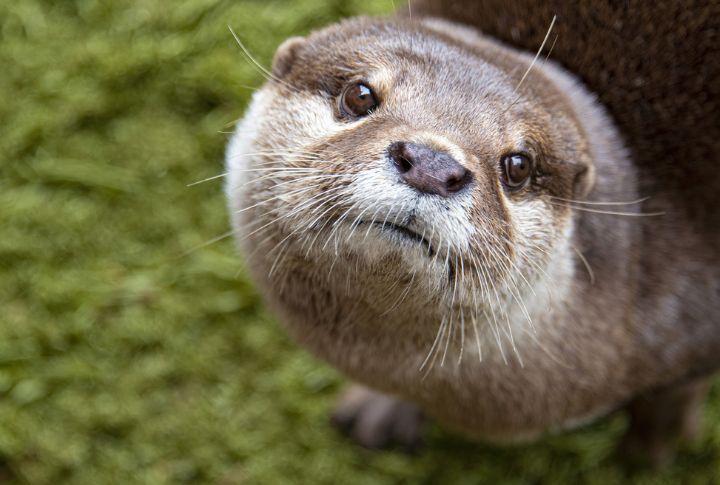
There are 13 species of otters worldwide, from North America to Asia and Africa. They vary in size, habitat, and behavior, but they all share the characteristic sleek bodies, webbed feet, and playful nature that make otters so beloved.
Sea Giants
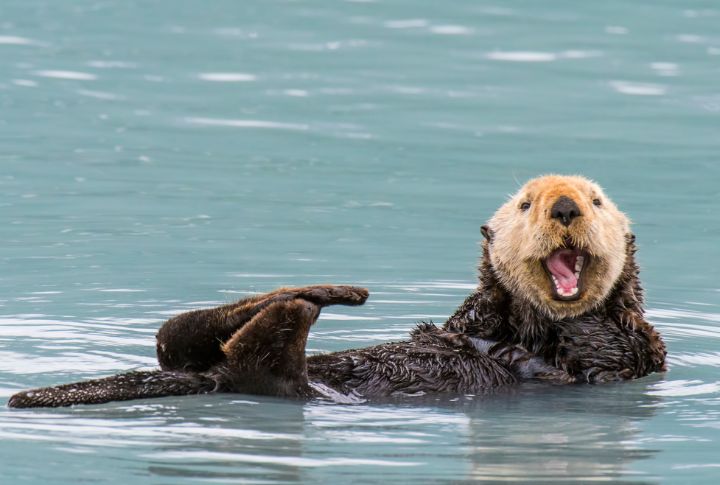
Sea otters are the largest otters and can weigh up to 100 pounds (45 kg). Despite their size, sea otters are incredibly agile in the water, thanks to their powerful tails and webbed feet that help them propel themselves easily through it.
River Explorers

River otters are smaller than sea otters and weigh between 10 to 33 pounds (4.5 to 15 kg). While they may be smaller, river otters are just as frisky, often seen chasing fish or playing with objects they find in their environment.
Fur Coat Armor
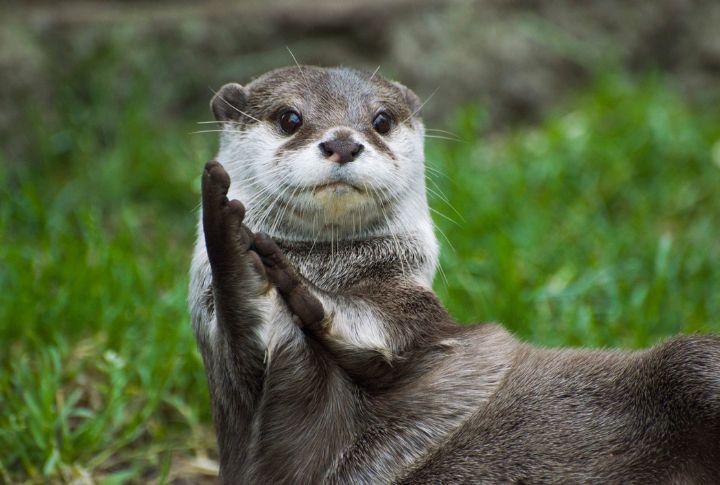
Otters have a dense fur coat that keeps them warm in cold water. It is so effective at insulating them that otters can float on their backs, groom themselves, or use their chests as a table to eat.
Tool Users
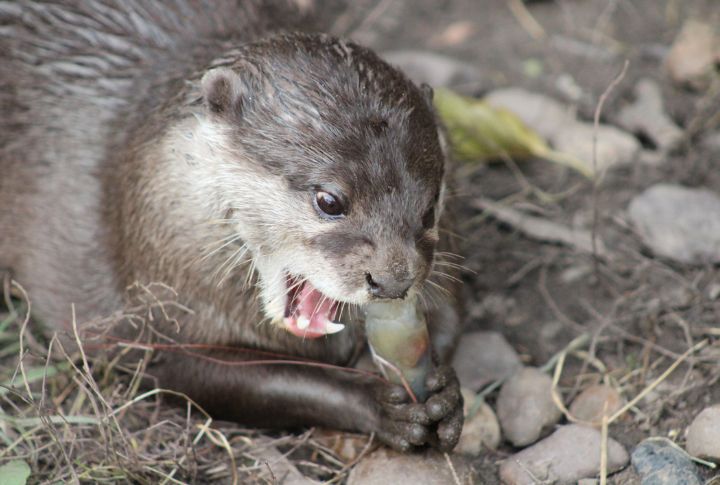
These creatures are known for their tool use; for example, they can crack a shellfish open with a rock. Intelligence and problem-solving skills are seen in this behavior, as they can use tools to access food sources that would otherwise be impossible to reach.
Social Butterflies
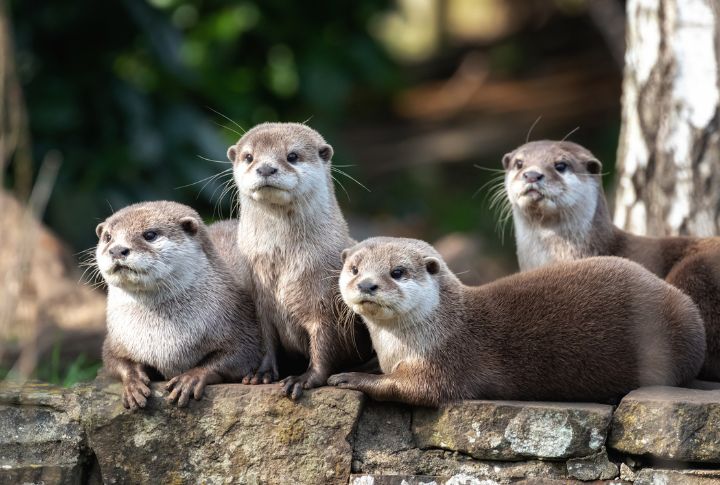
As very social animals, otters are seen in groups called rafts. These rafts can vary in size from just a few individuals to dozens, providing otters with safety, companionship, and opportunities for l interaction.
Hand-Holding Harmony
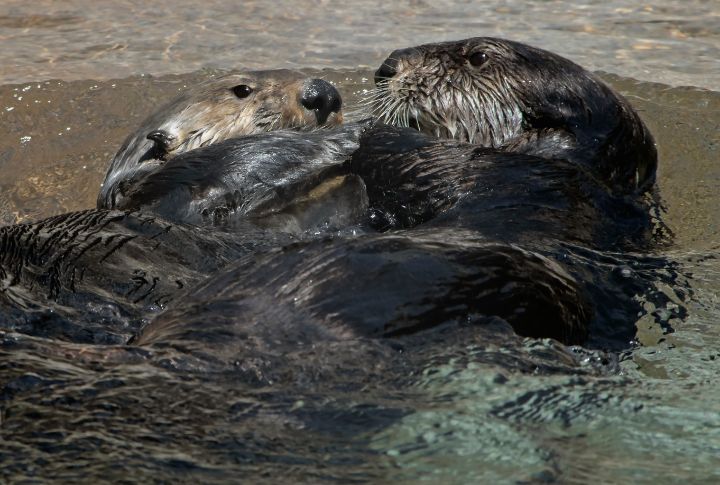
They have a unique way of holding hands to keep from drifting apart while sleeping or resting in water, called “rafting.” Rafting helps otters stay together and strengthens social bonds within the group.
Carnivorous Appetite
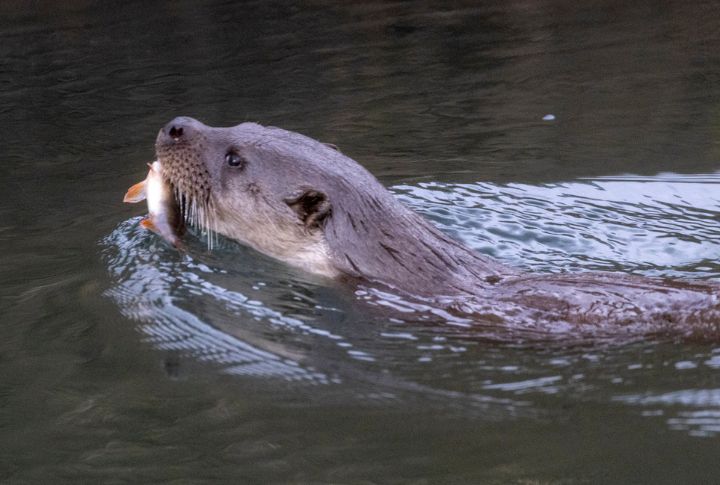
Otters are carnivorous, with diets consisting mainly of fish, crustaceans, and mollusks. They are skilled hunters, using their keen eyesight and sharp sense of smell to locate prey in the water.
Swimming Stars
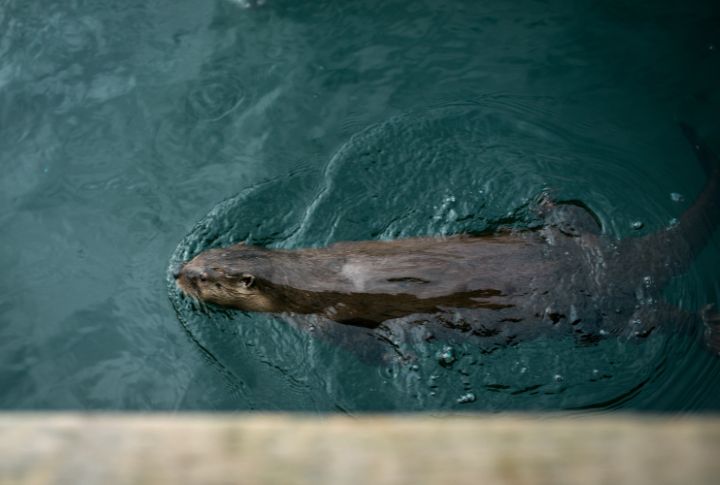
These creatures are excellent swimmers and can close their ears and nostrils underwater. That’s how they can stay submerged for extended periods while hunting for food, often using their dexterous front paws to feel for prey in murky water.
Endangered Status

Some otter species face endangerment due to habitat loss, pollution, and hunting. Conservation efforts are ongoing to save them and their habitats, but they continue to face threats, no thanks to human activity.
Vocal Communicators
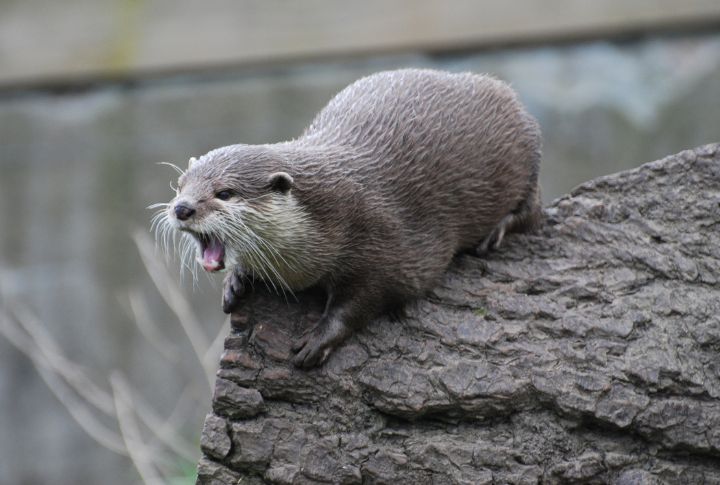
Their vocalizations include chirps, whistles, and growls. These sounds are used for communication with other otters and can convey a range of emotions and intentions, from playfulness to aggression.
High Metabolism
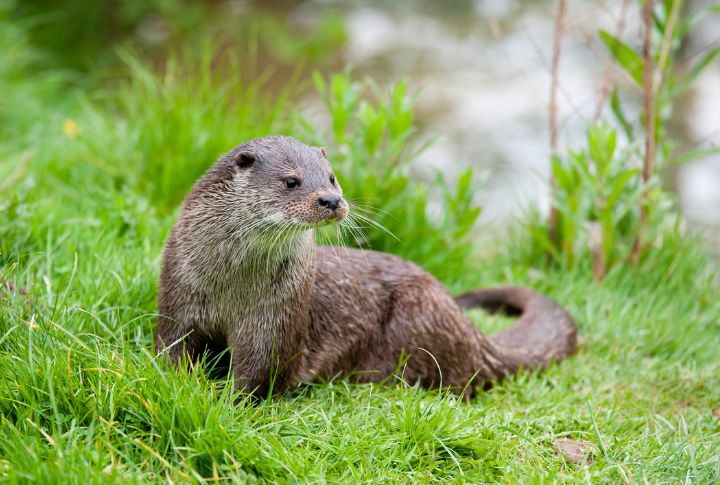
Otters have a high metabolism and must eat around a quarter of their body weight daily. Because of this, they spend a significant amount of time each day looking for food, often diving repeatedly to catch enough fish to sustain themselves.
Diverse Habitats

These animals are found in several habitats, including rivers, lakes, coastal marshes, and mangrove swamps. Each otter species has adapted to its specific habitat, using its unique skills and behaviors to thrive in its environment.
